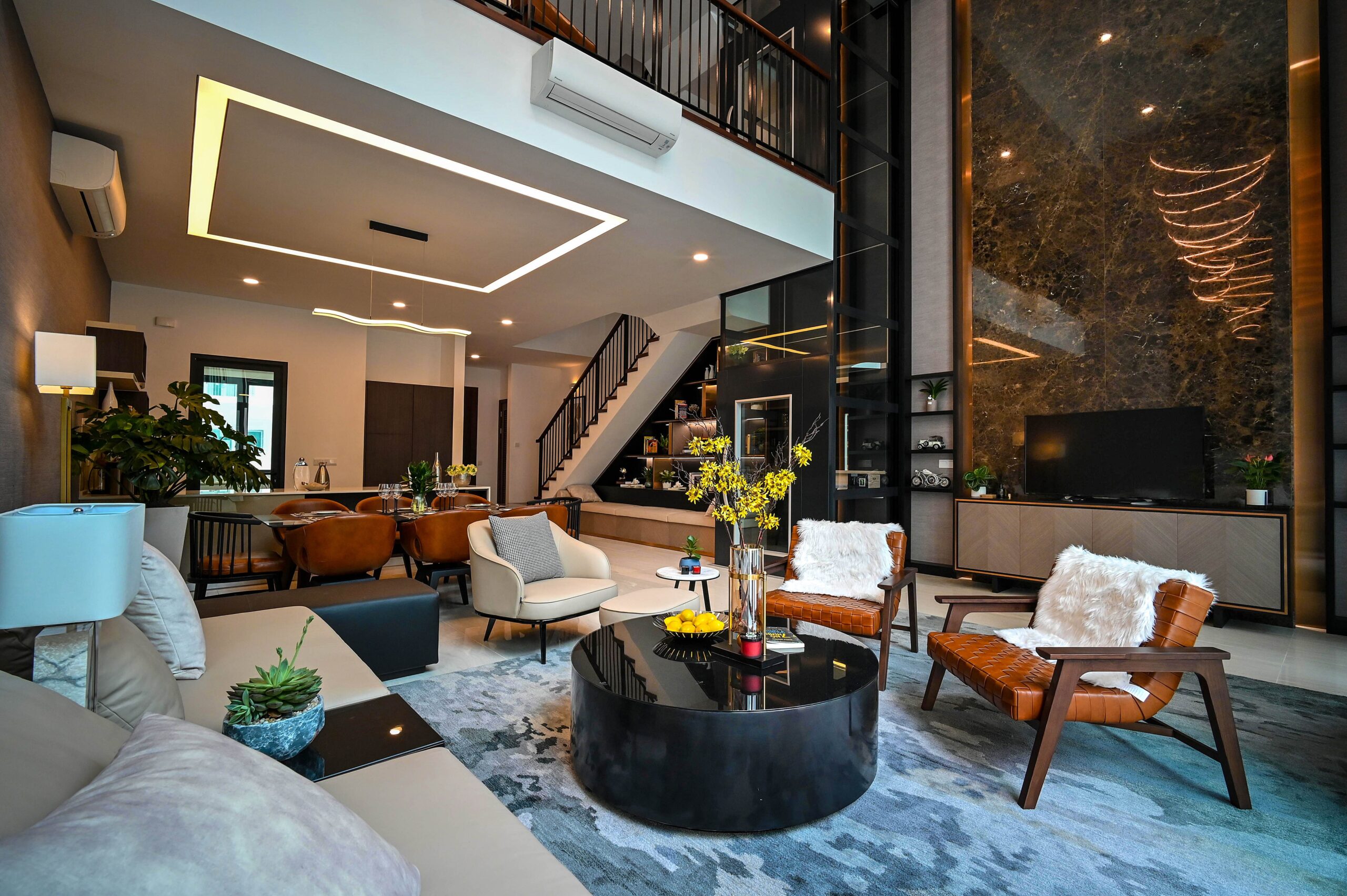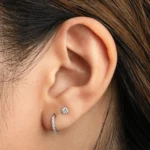“FF&E,” short for Furniture Fixtures and Equipment, refers to all essential movable items necessary for running spaces such as hospitality, healthcare, education, or commercial real estate properties. Knowing your requirements when planning property developments, renovations or management is vital; in this article, we explore what FF&E means as an asset category as well as why and how to effectively plan for its needs across various contexts.
Understanding FF&E
Furniture, fittings and equipment (FF&E) refers to non-permanent items essential to building functionality; for instance desks, chairs, tables and sofas as well as any movable seating or storage solutions are covered by this term. Fixtures refers to items attached to structures but removable without permanent damage such as lighting fixtures, shelving or cabinets while equipment pertains to machinery necessary for running an enterprise or business.
Kitchen equipment such as ovens, refrigerators, and dishwashers fall within this definition, among many other pieces of FF&E that contribute to creating an aesthetic yet functional working environment for employees and clients alike. Furniture & Fixtures play an essential part in providing both employee comfort and operational efficiencies – ultimately contributing to overall business success – such as in hospitality where select furniture & fixtures contribute directly to guest comfort resulting in positive reviews and repeat visits from returning guests.
FF&E Requirements in Different Industries
Within the hospitality industry, furniture and fixtures requirements vary significantly based on the nature and style of an establishment. Hotels and restaurants must take special consideration to understand target market needs while taking account of the preferences and expectations of their target demographic. Understanding this helps in selecting suitable furniture and fixtures; luxury hotels might need high-end finishes and custom pieces while budget accommodations might opt for cheaper solutions. Brand identity also remains extremely crucial.
Design and quality should align with a brand’s identity; for instance, boutique hotels might use unique or artistic furniture pieces that reflect their theme. Functionality also plays an essential role; in restaurants, for instance, table arrangements must accommodate both service workflow and customer comfort.
Healthcare facilities
Healthcare facilities demand furnishings that go beyond aesthetics to encompass safety and functionality. Ergonomics plays an integral part; furniture should support patient comfort as well as staff efficiency. Adjustable beds, comfortable seating in waiting areas, and ergonomic workstations for staff can all enhance overall experiences. Hygiene must also be considered; all furnishings and equipment (FF&E) must adhere to health regulations; materials must also be easy to maintain as well as resistant to bacteria or pathogens. Healthcare settings often need antimicrobial-proof furnishings in their furnishings and equipment (FF&E). Furthermore, accessible facilities should accommodate patients with disabilities as much as possible through adjustable furniture pieces, user-friendly layouts, and fixtures designed with accessibility in mind.
Educational institutions
Educational institutions require specific FF&E Procurement Services needs in order to foster conducive learning environments. Flexibility is of the utmost importance; classrooms and learning spaces must include adaptable furniture that accommodates various teaching methods and group sizes; portable desks and chairs can allow for different classroom arrangements; durability is another must; durable materials ensure longevity while technology integration plays an essential part of modern educational settings such as charging stations for devices or space for projectors or smart boards.
Planning for FF&E Requirements
The initial step in planning for FF&E requirements requires conducting an in-depth assessment of space needs and wants, such as conducting surveys with employees, clients, and customers to better understand their wants and preferences. Space evaluation also plays an essential part; understanding its physical layout and functionality enables planners to accurately ascertain which types and quantities of furniture fixtures and equipment will be needed for an area.
Budgeting for furniture and equipment (FF&E) planning is of vital importance in order to address all areas of need without overspending in any one category. Allocating funds appropriately among all categories ensure all needs are addressed without exceeding one category’s allocation; achieving this requires having an in-depth knowledge of individual furniture costs as well as an overall project budget.
Once the needs assessment and budgeting processes are complete, the next step in purchasing furniture & equipment (FF&E) items involves researching suppliers and product specifications before comparing prices until finding items within the budget that best suit them. Delivery & installation timelines must also be factored into project schedule planning to ensure efficiency during this process; engaging professional procurement services may expedite this step and guarantee all FF&E needs are fulfilled efficiently.
Conclusion
FF&E requirements are an essential consideration across multiple industries, such as hospitality, healthcare, and education. Understanding each sector’s individual requirements can have a dramatic effect on its success – from budgeting and sourcing through to assessment needs; carefully planned FF&E ensures spaces are functional yet pleasing aesthetically – meeting organizational objectives at once!


